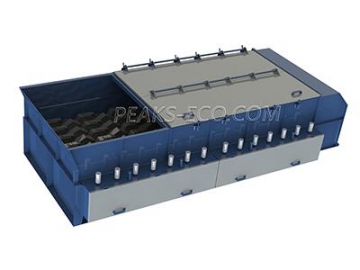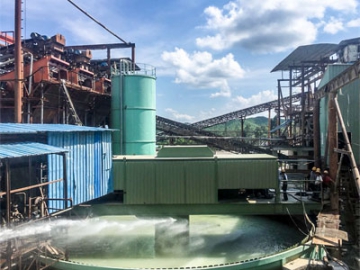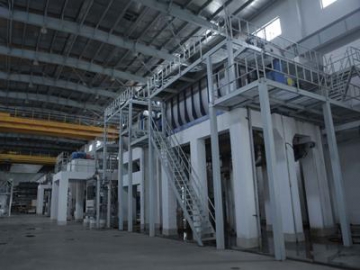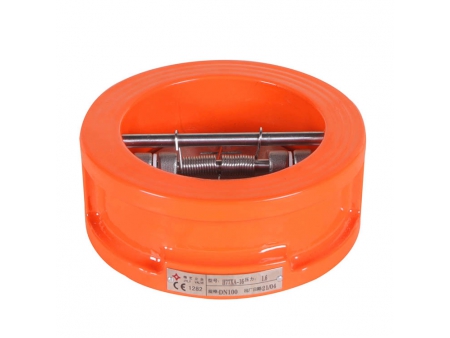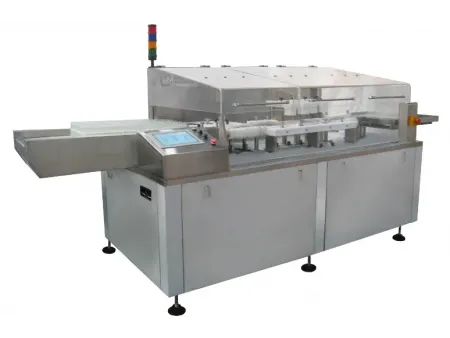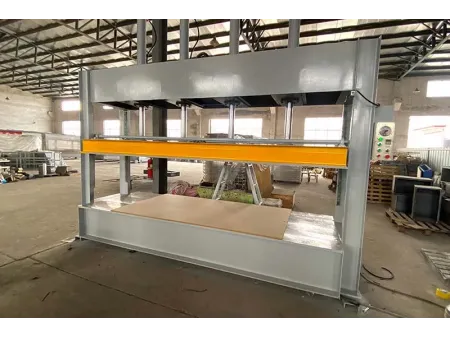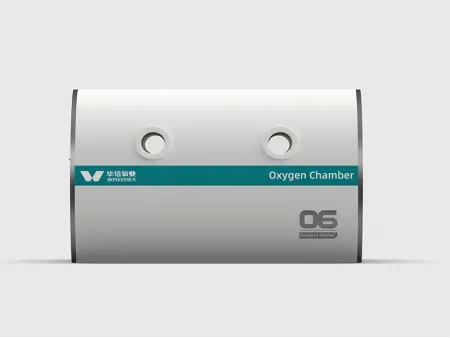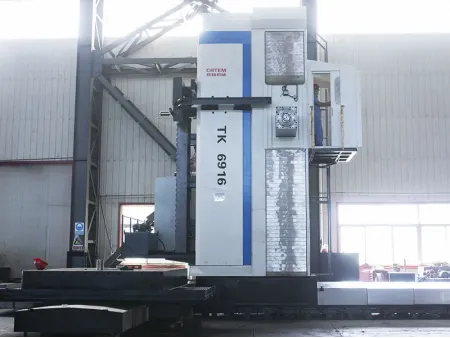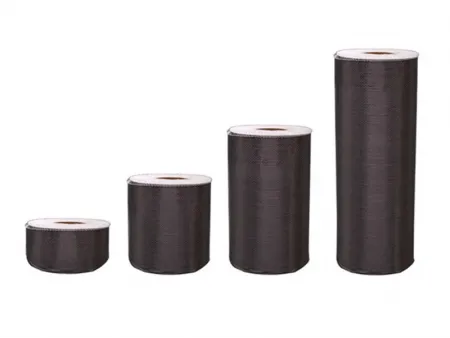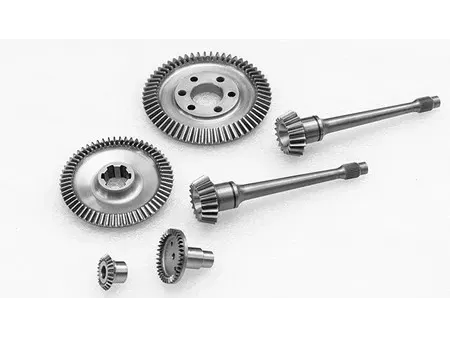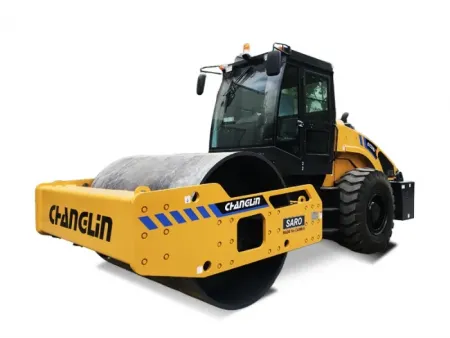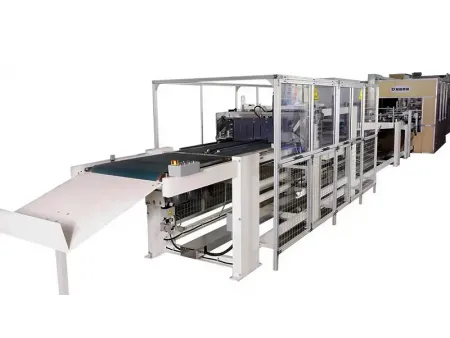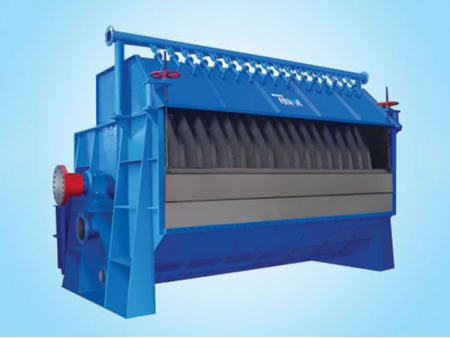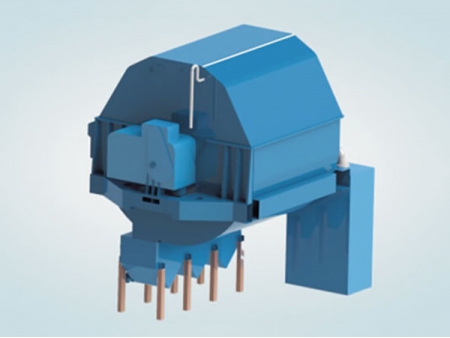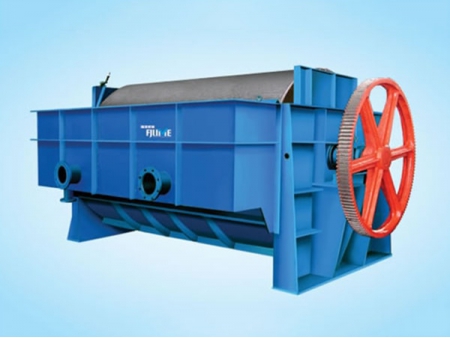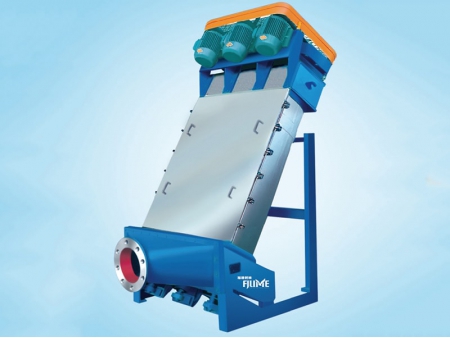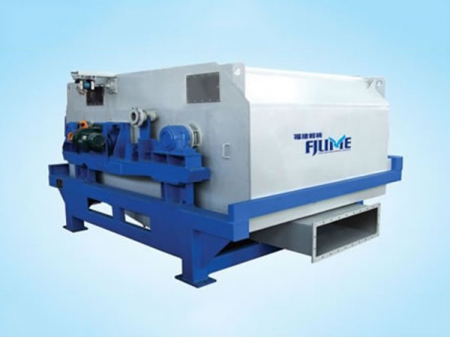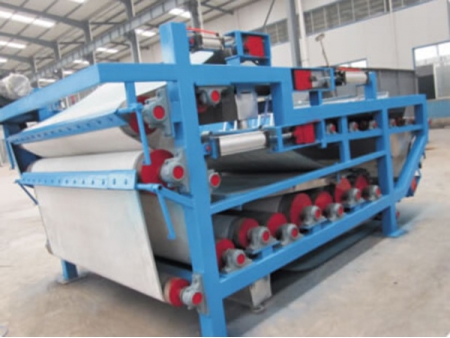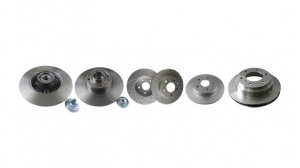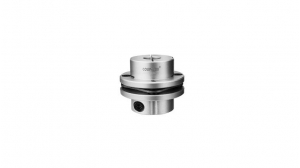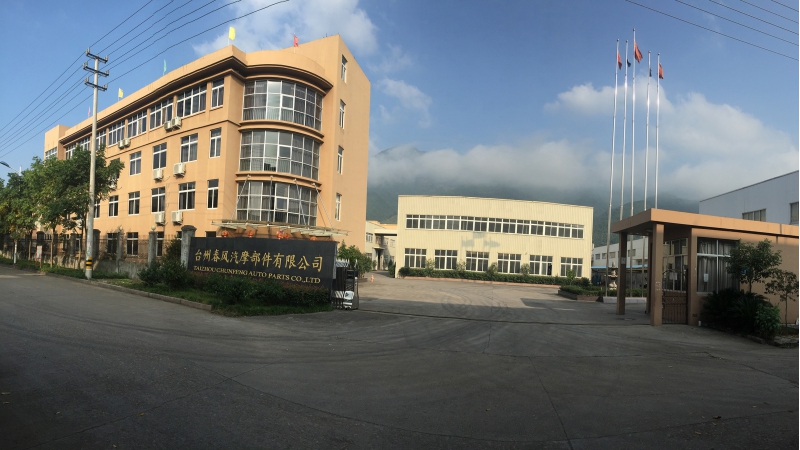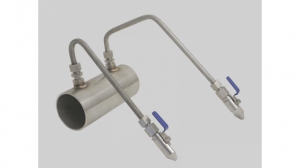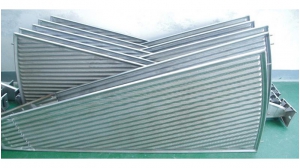Disc Thickener
When compared to other types of fiber suspension thickeners and other existing dewatering and thickening equipment, our disc thickeners feature a simple structure, easy installation and maintenance, a high production capacity, wide pulp adaptability and more. They have become increasingly popular among the pulp and paper industry.
According to the specific location of the drive part, the thickening machine has two arrangement modes. If the user is facing the outlet and sees the drum, and the drive part is on the right, the machine is a right hand thickener, represented by "Y." On the flip side, if the drive part is located at the left, it is called a left hand thickener, represented by "Z."
Technical Parameters| Pulps | Chemical wood pulp | Reed pulp | Straw pulp |
| Inlet consistency % | 0.5-1 | 0.5-1 | 0.5-1 |
| Outlet consistency % | 4-6 | 4-6 | 4-6 |
| Capacity (Air dried pulp) t/m2.d | 3-3.5 | 2-2.5 | 1-1.5 |
| Model | | | |||||
| Drum filter area (m2) | 5 | 10 | 15 | 20 | 25 | 30 | 35 |
| Drum diameter (mm) | ¢ 1500 | ¢ 2000 | ¢ 2500 | ||||
| Drum width (mm) | 1065 | 2020 | 3300 | 3300 | 4055 | 4650 | |
| Rotating speed (r/min) | 1.5-15 | 1.2-12 | 10.6-106 | 0.8-8.2 | |||
| Press roll diameter (mm) | ¢ 460 | ¢ 500 | |||||
| Press roll face width (mm) | 1129 | 2141 | 3400 | 3400 | 4055 | 4650 | |
| Pressure of press roll N/cm | 10 | ||||||
| Spray pipe pressure (MPa) | 0.4 | ||||||
| Swing times of spray pipe (times/min) | 25 | ||||||
| Spray pipe swing amplitude (mm) | 80 | ||||||
| Pulp inlet size (mm) | Dg250 | Dg300 | Dg250 (two) | Dg300 (two) | Dg300 (two) | Dg300 (two) | Dg300 (two) |
| Pulp outlet size (mm) | Dg200 | Dg250 | Dg250 | Dg300 | Dg200 (two) | Dg300 | Dg300 |
| Whitewater outlet size (mm) | Dg200 | Dg250 | Dg250 | Dg350 | Dg400 | Dg400 | Dg400 |
| Drain outlet size (mm) | Dg150 | ||||||
| Drum motor | YCTG180 -4A /4 | YCTG180 -4B/5.5 | YCT200 -4B/7.5 | YCT200 -4B/7.5 | YCT225 -4B/11 | YCTD180 -4B/11 | |
| Motor for spray pipe | BWY12 -59/0.75 | ||||||
| Machine dimension (L×B×H) mm | 2240 ×2780 ×2400 | 4200 ×2930 ×2400 | 5505 ×2850 ×2400 | 5350 ×3570 ×2820 | 5210 ×3570 ×2820 | 6700 ×4550 ×3500 | 7370 ×4550 ×3500 |
| Total weight (kg) | 4790 | 6820 | 8070 | 9400 | 10860 | 18300 | 19600 |
Main Structure and Installation Dimension
The disc thickener is mainly comprised of the tank, rotary drum, press roll, scraper blade, swing type spray pipe, sealing device and driving part.
1. Tank
The hank holds all the components of the drive machine with the exception of the driving parts. It is welded using steel plates and structural steel. The filter tank uses a reverse flow design. Pulp enters into the pulp tank through the inlet under the filter tank, and a certain amount is directly delivered to the bottom of the filter tank to dilute the high consistency pulp. It is also designed with a pulp outlet and whitewater outlet. The whitewater drainage can be adjusted using a flashboard in order to control the liquid level difference in the filter tank.
2. Rotary Drum
The rotary drum comes in two structural forms. One is the spoke roll plus injection molded polystyrene filter plate. This filter plate comes with better advantages over previous wound cylinder molds, including its light weight, wear resistance, long service life and easy maintenance. Another type is the spoke mounted with stainless steel sheets. This structure also has more advantages over previous models, including its wear resistance, long service life, excellent dewatering performance, and more.
3. Press Roll
The press roll is installed above the drum and is used to implement the final forced dewatering of the pulp. After it is thickened, the pulp will cling to the rubber surface of the press roll. After being scraped downward by the doctor blade, it will drop the pulp into the pulp discharging tank, where the pulp will be discharged through the outlet. The linear pressure of the press roll to the drum is generally controlled at 10N/m, and it can be chosen through adjusting the support spring length according to pulp layer thickness.
4. Wire Cleaner
The disc thickener uses a swing spray pip as the wire cleaner. It is independently driven by an "A" reduction box. This improves the cleaning effect, thereby enhancing the thickening efficiency.







